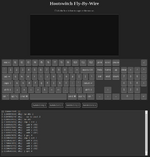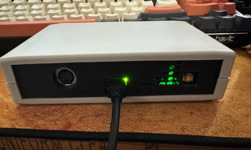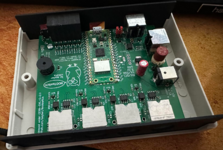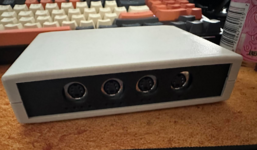saybur
Well-known member
Not as much time for projects recently (life/work/etc) but I was able to get preliminary support added for controlling a Hootswitch over USB from a modern computer. I did something like this ages ago with a clunky Java client. This new approach uses Chrome and the Web Serial API. Remote control page is here, you'll need a Hootswitch with the latest firmware to make it work.







